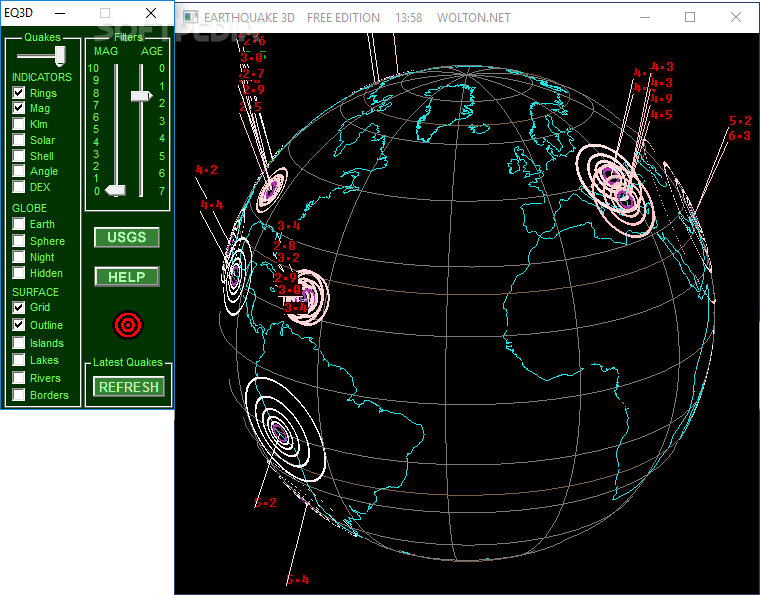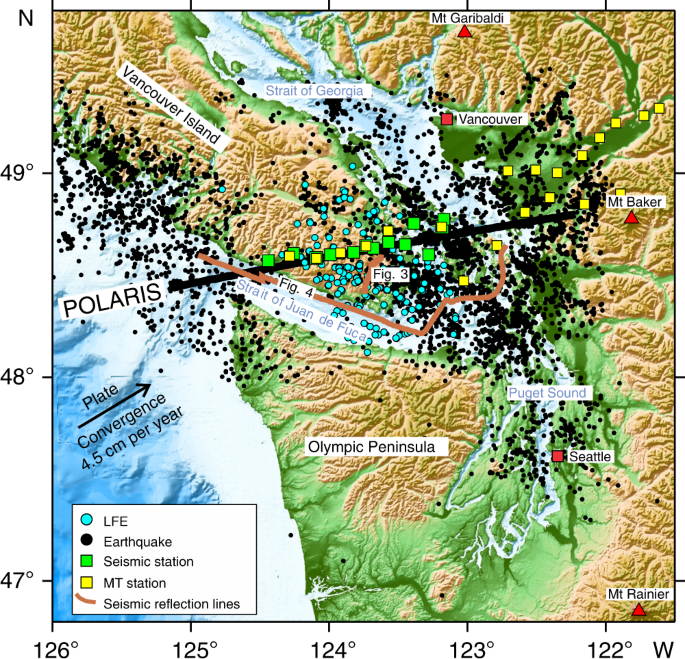
During the iteration process for earthquake location, travel times from a trial hypocenter to all recording stations can be determined simply by a linear interpolation from those of the adjacent eight grid points available in the previously stored disk files without the need for raytracing. Once the V P and V S information for all cubic cells in a 3D grid model are determined, P and S travel times from each grid point to all seismic stations can be calculated and stored on disk files for later usage. By taking advantage of recently available high-speed computer technology and large disk space, we implemented a simple algorithm to efficiently locate every local earthquake using the best available regional 3D V P and V S models. Because high-resolution earthquake data are now available from many modern seismic networks, representative high-resolution 3D V P and V S models for a region can be better determined. The repeated calculation of travel times across 3D V P and V S models is also not efficient and not practical for a routine network earthquake location when the very time-consuming exact 3D raytracing is used.

The rest of the events in a catalog must then be relocated using the 3D models. During traditional 3D seismic tomography, simultaneous earthquake relocation using the resultant 3D velocity model has produced reliable earthquake locations however, only a small subset of events are typically used and thus relocated in the inversion. The Langseth is a part of University-National Oceanographic Laboratory System (UNOLS), an organization of 59 academic institutions and National Laboratories involved in oceanographic research and joined for the purpose of coordinating oceanographic ships' schedules and research facilities.Traditional local-earthquake location using a horizontally layered homogeneous velocity model is limited in its resolution and reliability due to the existence of frequently overlooked 3D complexity of the real Earth. Utilizing the vessel's other capabilities, expeditions have collected sediment cores for understanding climate variations throughout the Earth’s history, sampled seawater for determining physical and chemical properties of the oceans, and deployed remotely operated vehicles (ROVs) for studying submarine volcanoes. The Langseth's unique seismic capability allows it to provide both 2D and 3D maps of the Earth's structure miles below the seafloor. Scientists and researchers from all over the world participate in research programs aboard the Langseth to understand climate variations, our oceans, and submarine volcanoes. Langseth, which serves as the national seismic research facility for the United States academic research community.

The Office of Marine Operations (OMO) operates Lamont-Doherty’s Research Vessel Marcus G.


 0 kommentar(er)
0 kommentar(er)
